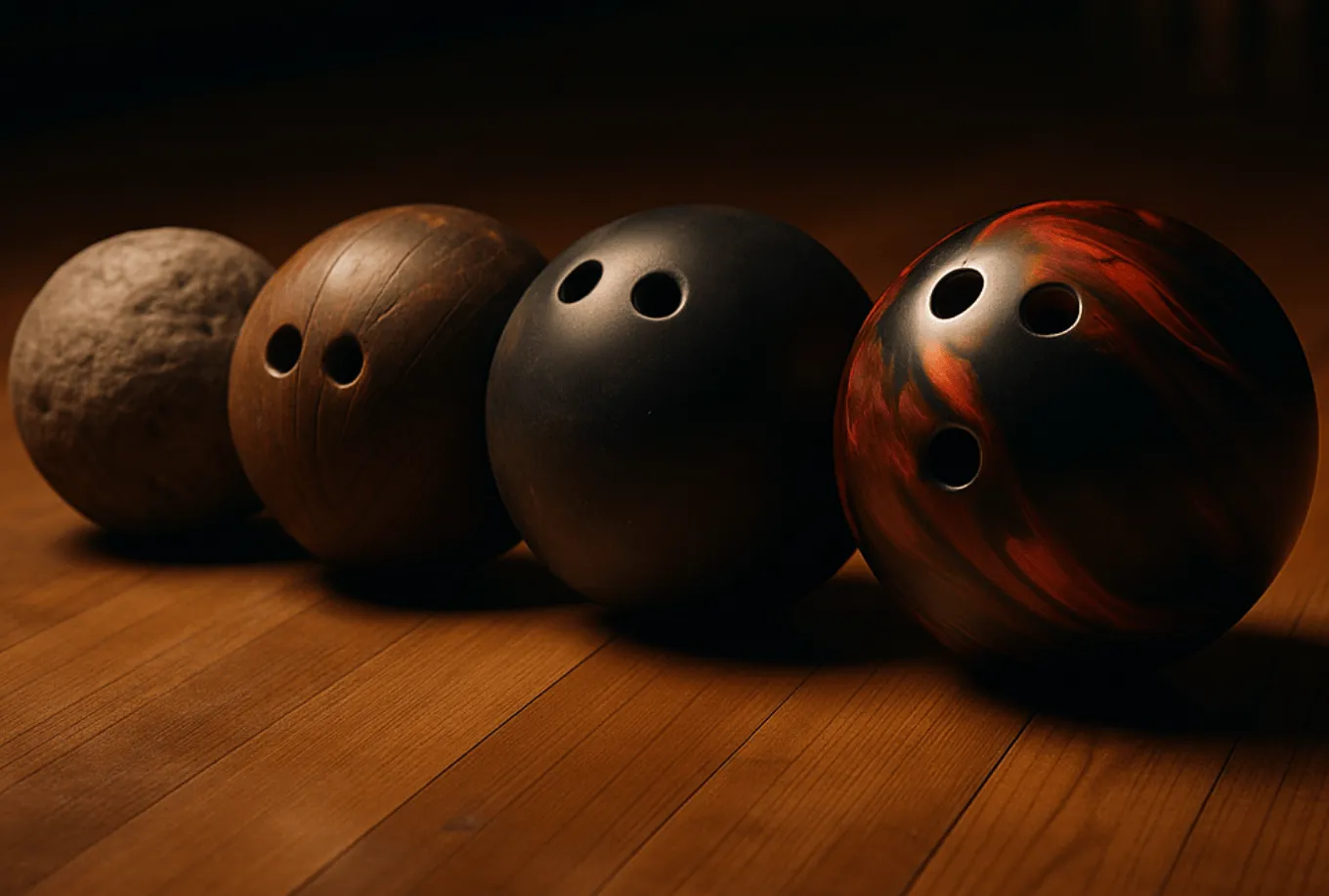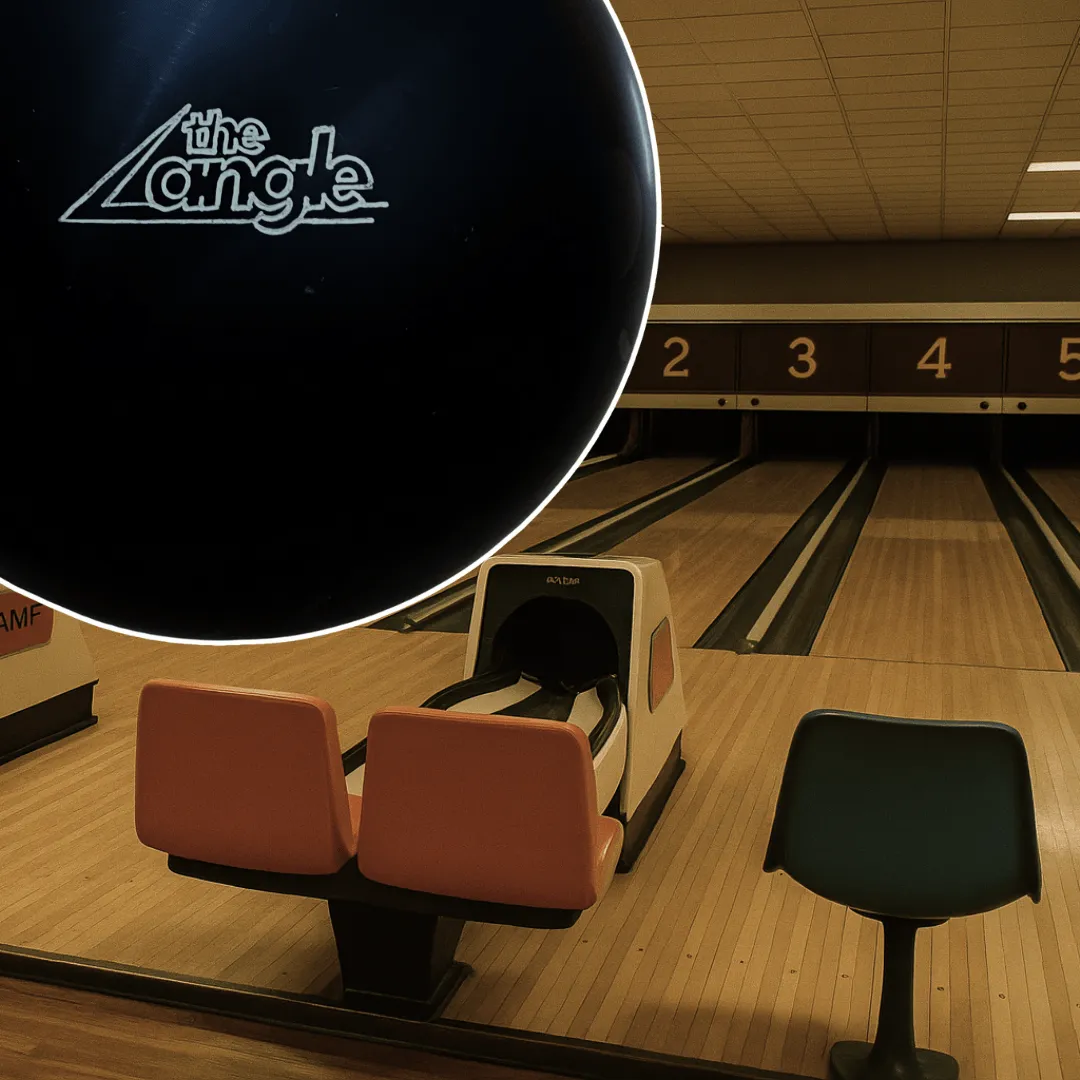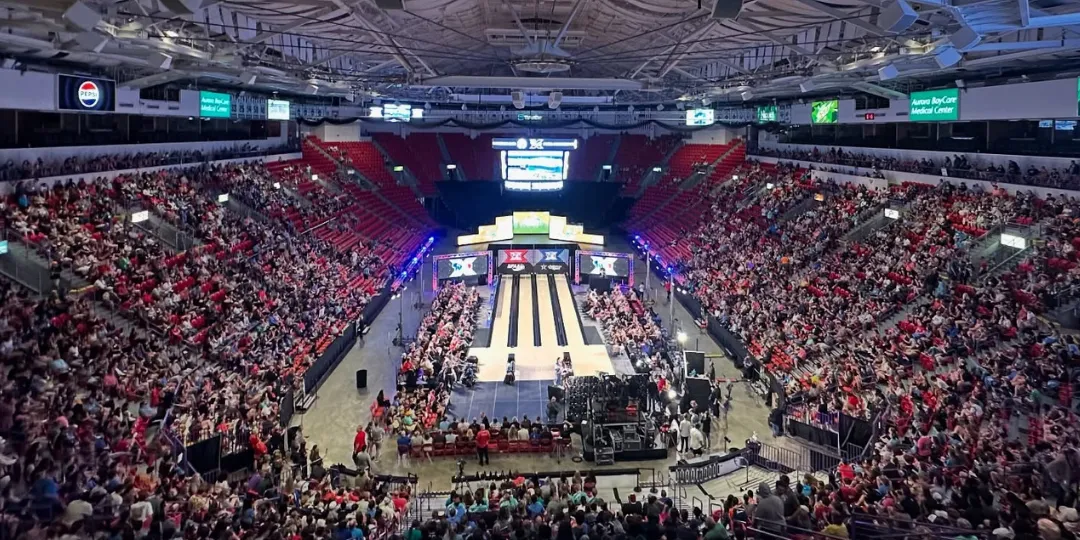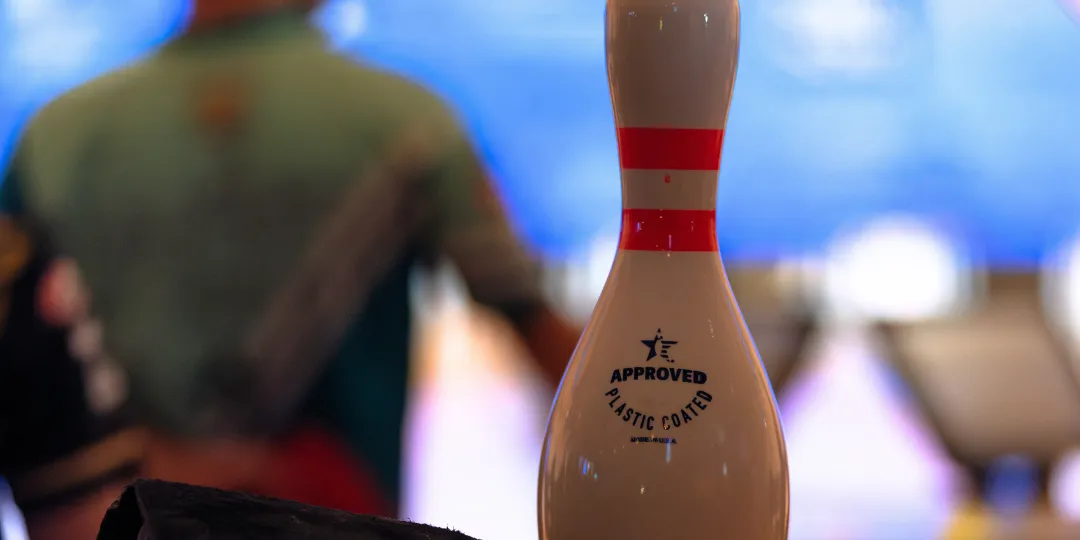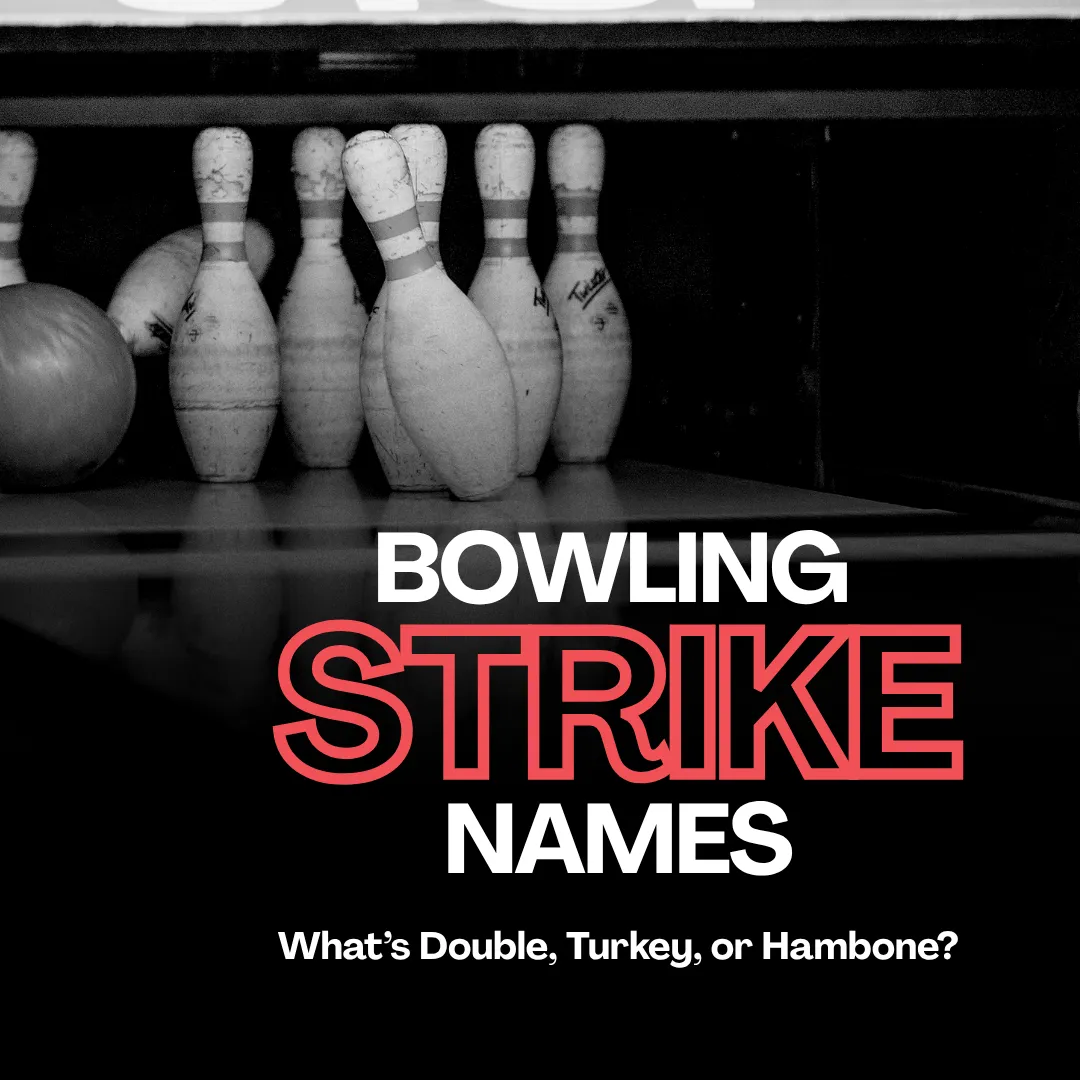Bowling has come a long way. From rolling stones thousands of years ago to
wooden balls and today’s high-tech gear with advanced cores and coverstocks,
the game has constantly evolved.
This time, we’re hopping in the
time machine to explore the
History of bowling balls
and see how each era shaped the sport we know today.
Stone era: Ancient Egypt (~3200 BC)
The earliest bowling balls were carved from stone in Ancient Egypt. These heavy spheres had no holes, no cores, or polish - just raw shape and weight.
They were used in ritual games and early forms of pin play, proving that the idea of rolling a ball toward targets has been around for thousands of years.
Wood era: Before the 1900s
By the 1800s, balls were being made from lignum vitae, a dense tropical wood. Many were crafted in two halves, pegged together, and often cracked with use.
While they lacked consistency, these wooden balls marked the beginning of modern equipment design and represented a huge step forward in the history of bowling balls.
Rubber era: 1905–1960s
The introduction of rubber balls changed the sport forever.
In 1905, the Evertrue became the first of its kind, followed in 1914 by Brunswick’s Mineralite, which used a secret rubber formula. Rubber balls were smoother, more durable, and consistent compared to wood.
For decades, rubber was the competitive standard, often built with cork cores.
Polyester era: 1960s–1980s
The 1960s brought plastic (polyester) bowling balls. Columbia’s Crown Jewel and other models became popular for their motion and durability. But pros soon complained about the lack of hook. Some bowlers tried chemical soaks to soften covers until safety rules banned such tries.
Even though stronger hooking balls eventually took over, most bowlers still keep a plastic ball in their bag today.
Urethane era: 1980s
The early 1980s marked another leap forward with urethane.
Models like the AMF Angle created more friction and stronger hook potential, especially on shorter or drier lane conditions.
Urethane sparked a shift in ball performance expectations and still has a loyal following for its smooth, controllable motion.
Reactive resin era: 1990s
In the early 1990s, reactive resin covers took over. Balls like the Nu-Line X-Calibur introduced microscopic pores that absorbed oil, creating explosive backend hook and higher pin carry.
This innovation fueled a scoring boom and forever changed how bowlers attacked lane conditions. Reactive resin remains the dominant material in performance bowling today.
Modern design: technology meets performance
Today’s bowling balls combine engineered coverstocks and advanced cores. Manufacturers fine-tune specs like RG, differential, and surface finish to give bowlers specific options for heavy oil, medium conditions, or dry lanes. Most bowlers now carry 6–12 balls to tournaments, each with a specialized purpose.
